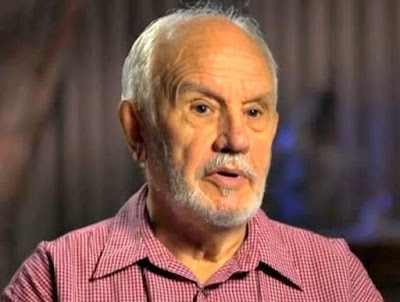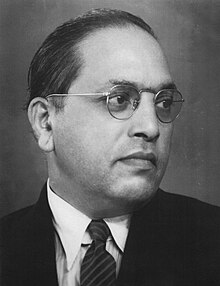Hardik Gandhi
June 28, 2018
0
Hello,
Aspirant,
Welcome to Career Guidance Institute, Ahmedabad,Gujarat
Anukreethy Vas (born September 28, 1998) is an Indian model and beauty pageant winner who was crowned Femina Miss India 2018[1]. She will represent India at the 68th edition of Miss World pageant to be held in Sanya, China on 8 December 2018.
Personal life
Anukreethy was born and brought up in Trichy, a district in the south Indian state of Tamil Nadu. She lost her father at very early age and has been raised up by a single mother. She did her schooling from R. S. Krishnan Higher Secondary School and is currently pursuing a BA degree in French at Loyola College, Chennai.
Pageantry
Anukreethy Vas was crowned as Femina Miss India 2018 by the outgoing titleholder and Miss World 2017 Manushi Chhillar. During the competition, she was crowned Miss beautiful smile and won the Beauty with a Purpose award. Anukreethy will represent India at Miss World 2018 pageant to be held in Sanya, China on 8 December 2018.

Her journey to win the title was not easy as she beat 29 other contestants from across India.
Apart from winning the Femina Miss India 2018, she had also won the Femina Miss Tamil Nadu 2018 in February.

Aspirant,
Welcome to Career Guidance Institute, Ahmedabad,Gujarat
Anukreethy Vas (born September 28, 1998) is an Indian model and beauty pageant winner who was crowned Femina Miss India 2018[1]. She will represent India at the 68th edition of Miss World pageant to be held in Sanya, China on 8 December 2018.
Personal life
Anukreethy was born and brought up in Trichy, a district in the south Indian state of Tamil Nadu. She lost her father at very early age and has been raised up by a single mother. She did her schooling from R. S. Krishnan Higher Secondary School and is currently pursuing a BA degree in French at Loyola College, Chennai.
Pageantry
Anukreethy Vas was crowned as Femina Miss India 2018 by the outgoing titleholder and Miss World 2017 Manushi Chhillar. During the competition, she was crowned Miss beautiful smile and won the Beauty with a Purpose award. Anukreethy will represent India at Miss World 2018 pageant to be held in Sanya, China on 8 December 2018.
Biography/Wiki
Anukreethy Vas is a 19-years-old (born on 28 September 1992) Librian girl from Chennai, Tamil Nadu, India. She is a lethal combination of beauty with brains as she not only won millions of hearts with her gorgeous smile, but also with her intelligence and splendid answers in the Femina Miss India 2018 that impressed judges, including cricketers Irfan Pathan and KL Rahul, fashion designer Gaurav Gupta and Bollywood actors Malaika Arora, Bobby Deol and Kunal Kapoor, which played a huge part in her clinch the Miss India title.
Her journey to win the title was not easy as she beat 29 other contestants from across India.
Apart from winning the Femina Miss India 2018, she had also won the Femina Miss Tamil Nadu 2018 in February.
Physical Appearance
Anukreethy has every bit of glamour quotient in her personality as she is 5′ 8″ tall, weighs around 55 kg,Family
Anukreethy hails from a middle-class Tamil family with roots in Thrissur, Kerala, India. She was raised by a single mother, Seleena Prasad, and had a challenging childhood. But her mother always encouraged her passion for modelling. Apart from her mother, she has a younger brother, Gowtham.Career
Anukreethy has always been a bright student and did her schooling from the RSK Higher Secondary School in Thiruverumbur, Tamil Nadu. She is currently pursuing a B.A. degree in French at Loyola College in Chennai, Tamil Nadu. Despite the good option of becoming a French translator, she always had an interest to became a celebrity and her desire to do so brought her to the arena of beauty pageants.
Facts
- She was very good at sports during her school days and had even played at state-level.
- Hrithik Roshan and Vikram are among her favourite actors, and Deepika Padukone is her favourite actresses.
- Her favourite model is Manushi Chillar.
- A quote that inspires her is “The best preparation for tomorrow is doing your best today. So be the best version of yourself everyday.”











